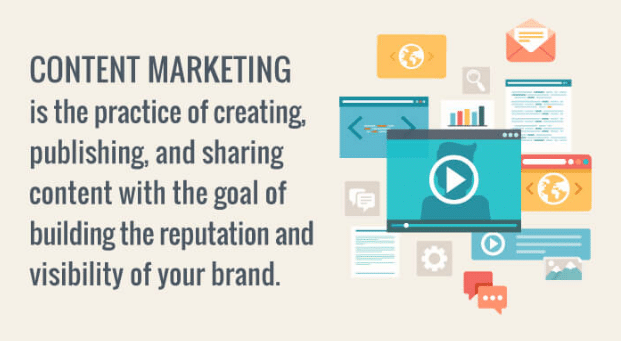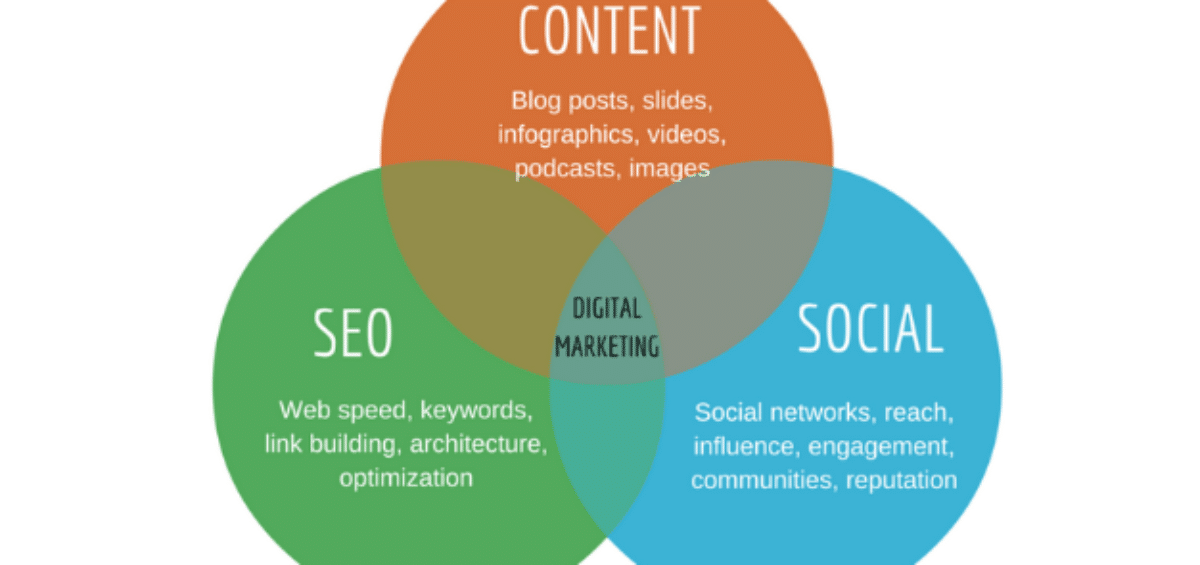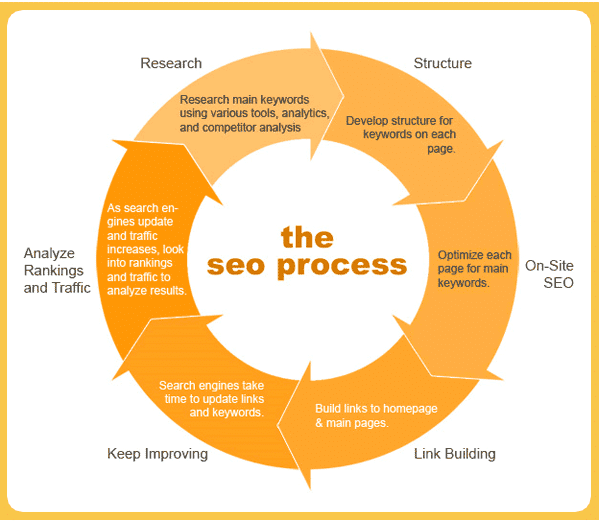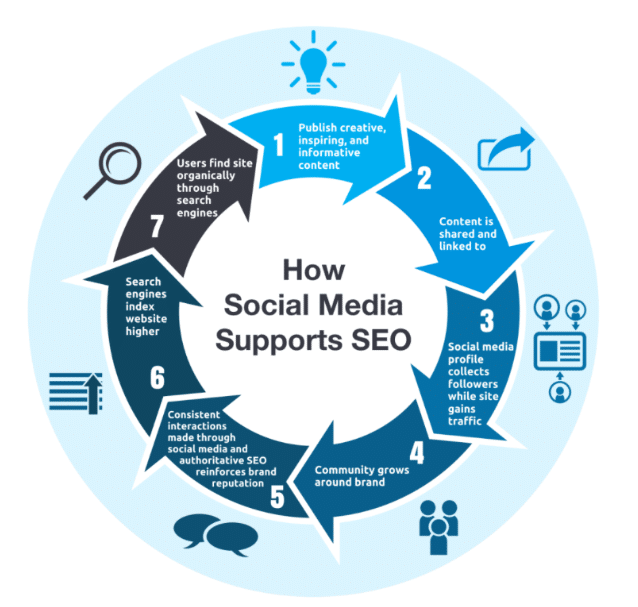The content you publish on your business website will either make or break your marketing efforts. To make sure your content hits home with your audience, your content marketing strategy means tailoring your message for a particular purpose. By targeting your audience you can drive more organic traffic to your site, increasing leads and conversions (sales) in the process.

SEO Content Marketing
SEO strategy aims to improve your site’s performance to rank high on search engines. Ultimately, the goal is to appear as high as possible on search engine results pages (SERPs). You can deploy several methods to achieve this goal, including keyword optimization, link building, on-page SEO and generation of high-quality content.
Although SEO content is focused mainly on meeting search engine requirements for high SERP rankings, it also strives to provide value to the end user. Content that is both relevant and valuable to end users has a much better chance of ranking higher on the SERPs than content that is focused solely on meeting SEO requirements.
Social Media Content Marketing
With social media content, the focus switches from trying to please search engines to focusing solely on the intended audience. Your intended audience consists of the social media users on whichever social media platform you are targeting.
The social media users you target will either be aware of your brand or they won’t have any awareness at all.
The goal of your social media content campaign will vary depending on your marketing purposes. But it will likely be to generate a buzz, drum up publicity, or increase brand awareness.
You may also find yourself using social media content to build trust and encourage interaction between your brand and the audience. When carefully crafted, your social media content becomes a medium in which you can constantly engage in a two-way exchange with your audience. With this approach, both parties have an equal say in the communication process.
SEO vs. Social Media: Which is Better?
So which is better: tweaking your content for SEO or for social media? The truth is that both approaches have their benefits and drawbacks. It might, therefore, be more helpful to ask yourself these questions:
- What does my audience need?
- What is my niche?
- What opportunities are available within my niche?
If you already enjoy high SERPs and a healthy flow of traffic to your site, focusing your efforts on social media is a great way to expand your brand awareness. This could serve as an effective strategy for boosting flagging ratings or dealing with persistent negative feedback and user complaints regarding your products or services.
On the other hand, if your social media channel has a lot more activity than your main website, you’ll probably find it more worthwhile to invest some time and effort into generating content for SEO and linking purposes.
You should also consider the relative timelines by which SEO and social media content generate results. Content generated for SEO purposes tends to have a longer-lasting and cumulative effect. The results aren’t usually immediately perceivable, but an effective SEO campaign will continue to improve your rankings for years to come.
In contrast, social media content has the potential to go viral very quickly. If you’re lucky, the visibility and notoriety that this provides for your brand will be massive. Of course, the fast-paced nature of social media means that there’s always another piece of content just waiting to blow up. Consequently, your site’s fame and popularity could fade just as quickly as it occurs. Even so, the hype generated by an especially effective piece of social media content might be enough to keep your brand in the public eye just long enough for people to remember your brand.
Traditionally, content creators have near total control over the communication process with SEO marketing. Consumers are relegated to the role of receiver, serving as audiences for the message delivered. On social media platforms, consumers have just as much control over the communication process as the content creators do. This process establishes an open dialogue in which there is a free exchange of ideas between both parties.
It’s often said that social media gives audiences more control over the communication process than it does to content creators. In the case of e-commerce websites, customers generally initiate dialogues about the quality of a company’s products or services. Customers share their thoughts and opinions about the company with which they are communicating.
Of course, this free-flowing exchange of communication has its share of drawbacks. Along with the positive comments, there may be negative comments as well. However, business owners can still use social media to their advantage by addressing customer complaints and negative feedback in a proactive manner. In this way, social media content serves as a damage control tool.
Content For Both Social Media and SEO Campaigns
Up until this point, we’ve treated SEO content and social media content as two separate entities governed by different sets of rules. Wouldn’t it be neat if you could create content that performed well from both social media and organic search perspectives? Well, you can.
Infographics are a good example. Their visual nature makes them a natural fit for social media audiences. At the same time, they provide relevant and useful information that makes them ideal for SEO-focused link building. If you add the content found inside of the infographic to the page on which the infographic is published, the keyword-rich copy will likely give the page where your infographic is hosted an SEO boost.
Video content marketing works equally well for both social media and SEO purposes. Creating video content allows you to secure your audience’s attention on social media and boost your ranking on YouTube at the same time. Since YouTube is the second most popular search engine, you can get considerable mileage from unique video content. Plus, videos are known to increase time spent on pages and help brands achieve higher conversions.










